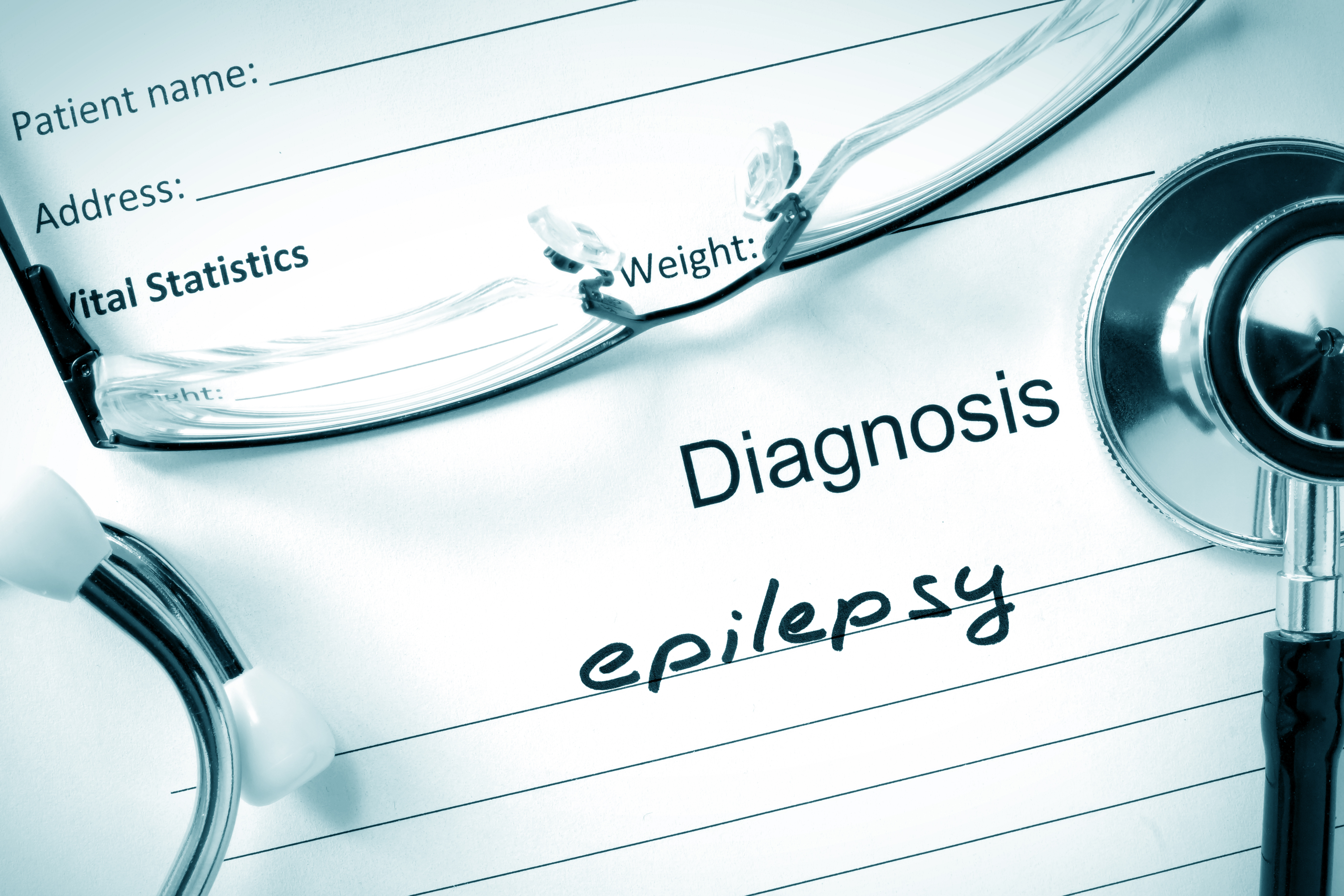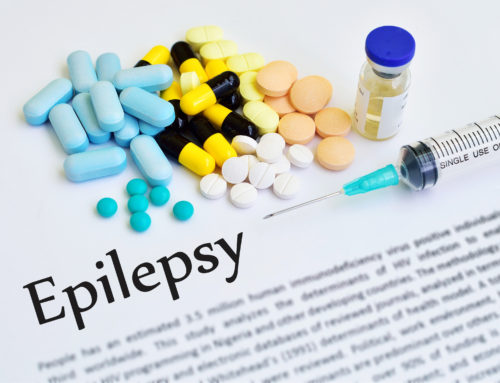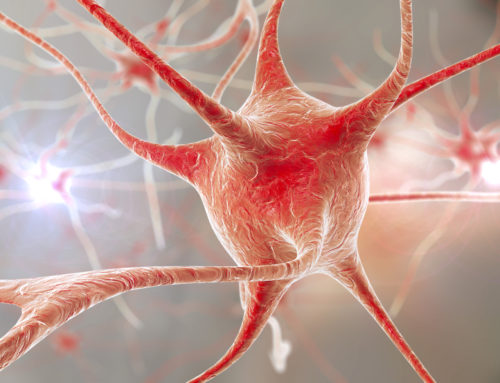An epilepsy drug could lead to a new treatment that protects nerve damage in MS patients, according to research published in the Lancet Neurology.
Researchers, led by Dr Raj Kapoor from the UCL Institute of Neurology, found the anti-convulsant drug phenytoin protected neural tissue in patients with optic neuritis. Optic neuritis is a symptom of MS which causes the nerves carrying information between the eye to the brain to become inflamed and damaged.
The findings, presented first at the American Academy of Neurology 67th annual meeting, bring researchers one step closer to establishing neuroprotective drugs for people with MS – currently there are none.
As the study looks at repurposing an existing treatment already shown to be clinically effective, the use of phenytoin for MS could potentially have patient benefit in a much shorter timescale than usual.
In the study 86 people with acute optic neuritis received either phenytoin or a placebo for three months. OCT (Optical Coherence Tomography) was used to measure the thickness of the retina and the light sensitive nerve layer at the back of the eye. At the end of the trial the group who had taken phenytoin had on average 30 per cent less damage to the nerve fibre layer compared with those who received the placebo.
Dr Kapoor and his team had been focusing on the sodium channel as part of their research into neuroprotection. In inflamed areas, the axons of nerve cells get flooded with sodium, which causes an influx of calcium which in turn causes cell death. If sodium entry into the cell can be blocked there is potential to prevent this.
Dr Kapoor said, ‘We wanted to find out if the theory that blocking sodium currents, which we developed in basic work over many years, actually served to protect neural tissue – a test-bed to see if we can achieve neuroprotection.’
Optic neuritis, which is often the first symptom of MS, gave the researchers a window of opportunity to study active inflammation early on in the disease process. Changes or damage to the nerves in the eye and the optic nerve are easy to measure.







